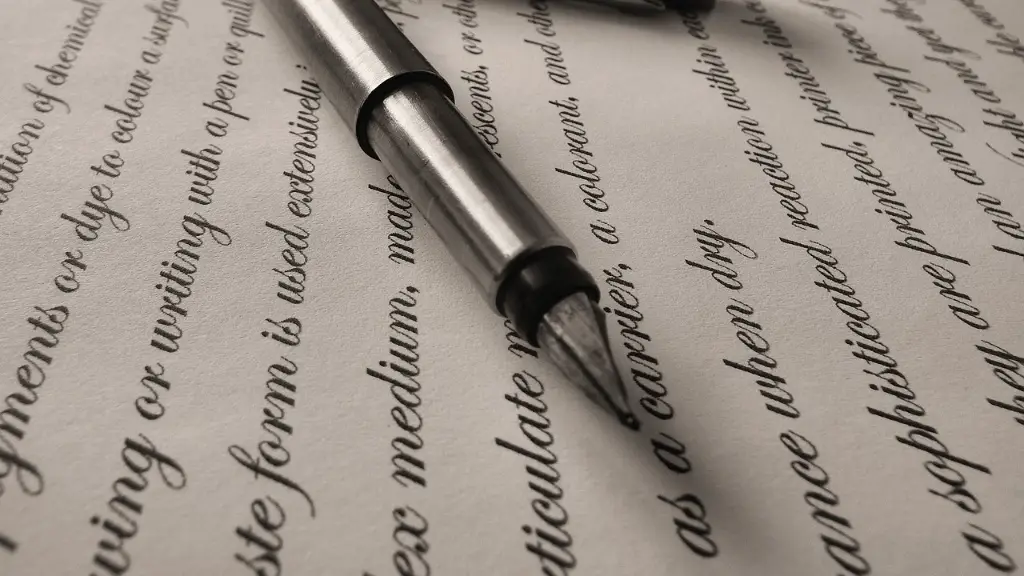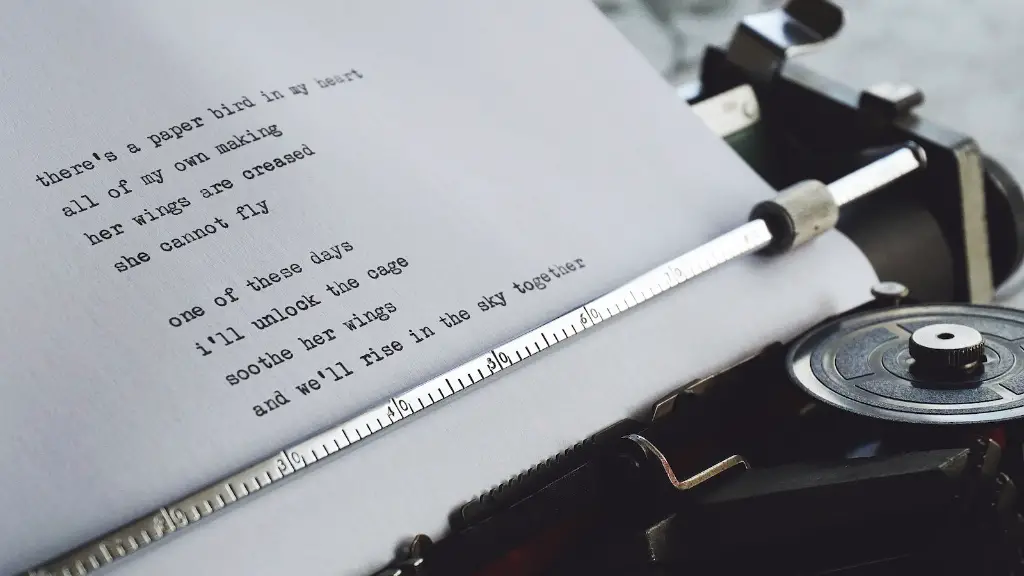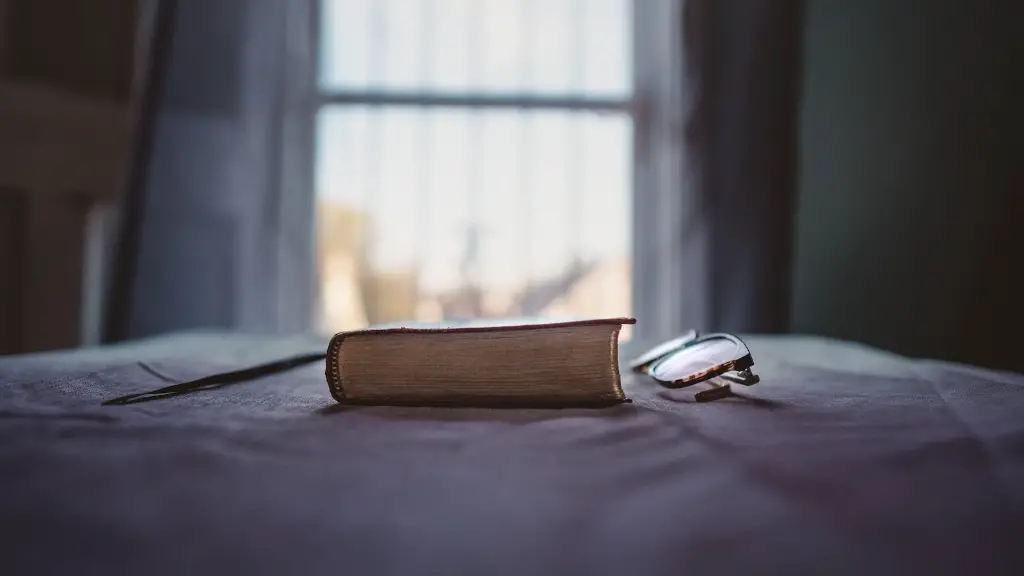Writing a poem
A poem conveys emotion and beauty through words. To write a poem, you need to express feeling and use powerful imagery. You can start by finding an image or phrase that moves you, and then proceed to craft your poem by using the underlying emotion to best explain your experience. This article will provide tips and techniques to help you write your own poem.
Finding a theme
When writing a poem, you need to choose a theme. This could be a personal experience, a particular object, or a concept that can be explored. Articulating a theme before writing will help you craft a poem using language that will make the message clear to the reader. Imagery can be used to create a mood, while descriptive language will help to draw readers in to the poem.
Rhythm and meter
Rhythm and meter are important elements to consider when writing poetry. Rhythm can be created through repeating patterns of syllables and pauses in the poem. This can be used to stress certain words or to create a certain feel. Additionally, considering meter in a poem can also alter its feel. There are several different meters, such as iambic pentameter, that can be used to emphasize certain words or create a specific tone.
Literary devices
The use of literary devices in a poem can help to create images in the minds of the reader. Elements such as alliteration and metaphor can be used to create vivid images. Alliteration refers to the repetition of the same sounds at the beginning of words, while metaphors compare two things without using “like” or “as”. Additionally, using figures of speech such as hyperbole and synecdoche is a great way to present a point in a creative manner.
Word choice
Words play an important role in poetry. Poets craft their poems carefully, selecting particular words to create musical phrases. Choosing the right words for a poem is essential for conveying a specific feeling. While these can be difficult to find, consulting a thesaurus or experimenting with different words can help in the selection process.
Editing
It is important to review your poem after you have written it to ensure that the message and feel of the poem is correctly presented. Checking for grammar and syntax errors, as well as reviewing the poem for flow and style, are essential for ensuring that your poem is effective.
Here’s To You
A poem is a way to express emotion, celebrate, and share heartfelt moments with others. Poetry can be used to capture and preserve moments in time, as well as to inspire and empower those who read it to think and feel. Writing a poem is a challenging, yet rewarding experience.
The Tools of Poetry
Having the right tools to write poetry is essential. This includes, finding a theme and concept, utilizing rhythm and meter, incorporating literary devices, selecting the right words, and finally, editing the poem for accuracy. The crafting of a poem is a unique journey that can be shaped and molded to create beautiful expressions.
The Art of Wordplay
Wordplay, such as puns and double entendres, can be used to make a poem more creative and engaging. These tools of art can make poems lively and humorous, while simultaneously functioning to create powerful and emotionally charged works. However, using wordplay too liberally can sometimes have a distasteful result.
Themes Within Themes
Generating multiple themes in a single poem can help to create a more profound and meaningful experience. For instance, it can be used to explore opposing themes, such as life and death, in new and interesting ways. Keeping your audience in mind when considering themes can also be helpful to know what interests them.
Embellish & Evolve
The presentation of a poem is as essential as the language used in the poem itself. Poetry is meant to be aesthetically pleasing and the use of visuals and other audio cues can strengthen the impact of the poem. Sharing it in spoken form or adding textual images can help to get the message across to the audience in a more meaningful way.
Working With Form
When constructing a poem, it is important to have a structure that is easy to follow. This means creating a framework, such as a sonnet or an ode, that adheres to the conventions of a genre. While there are several established forms of poetry, experimentation is encouraged in order to create something truly unique.
Letting it Grow
As with any form of art, practice is the best way to improve. Writing poetry requires exploration, understanding, and dedication. Reading the work of others is an effective way to gain a better understanding of the craft and to discover new ways of expressing emotion. It is also important to focus on writing regularly, as a steady practice will build confidence and skills.
Collaborate & Connect
Connecting with other poets can be incredibly beneficial. Building a network of other poets is a great way to exchange ideas, give and receive feedback, and inspire each other. Additionally, collaborating with other poets can help to open up new creative possibilities and craft new and innovative works.



